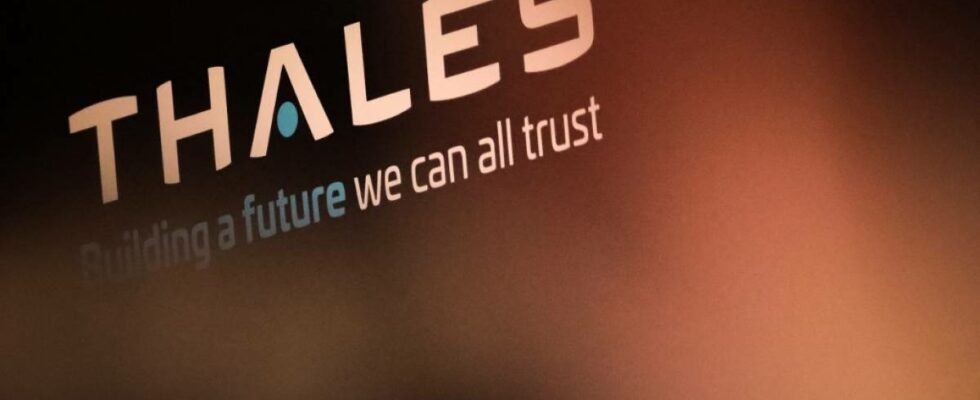(AFP / LOU BENOIST)
Thales has signed a 1.8 billion pound (2.1 billion euro) contract over 15 years with the British Ministry of Defense for the maintenance of equipment it supplies to Royal Navy ships and submarines .
Sonars, radars, electronic warfare systems… In total, there are around 10,000 pieces of equipment on 18 different types of vessels, from frigates to mine hunters and submarines, for which the manufacturer will have to ensure maintenance, Thales said in a press release on Friday.
“This is the first time in the UK that we have managed to bring together so many separate support contracts,” Alex Cresswell, CEO of Thales UK, told a few journalists.
In recent years, more and more armies around the world have opted for such long-term umbrella contracts for the maintenance and replacement of their equipment in order to improve its availability.
The Royal Navy, which is also affected by recruitment difficulties, intends to have an availability at sea of 80% for these vessels.
This contract will “reduce repair times by 100 days on average, supply times by 44 days on average and improve reliability by 10%”, according to Thales, which will rely on artificial intelligence tools and predictive maintenance.
If the agreement concerns vessels currently in service, it is intended to extend to future ships and submarines of the Royal Navy, in particular the Type 26 and Type 31 class frigates as well as nuclear launcher submarines. Dreadnought machines.
Thales will also invest in new quayside facilities in Devonport, Faslane, Portsmouth and Bahrain and does not rule out doing so in Australia where Royal Navy deployments are set to increase thanks to the rise of the Aukus pact, linking Canberra, London and Washington.
For Thales, the execution of the contract represents 450 jobs across the United Kingdom, of which 150 must be created.
The distribution of turnover for Thales over the 15 years of the contract will be “fairly linear, but with a little more activity during the first two years”, according to Alex Cresswell.
